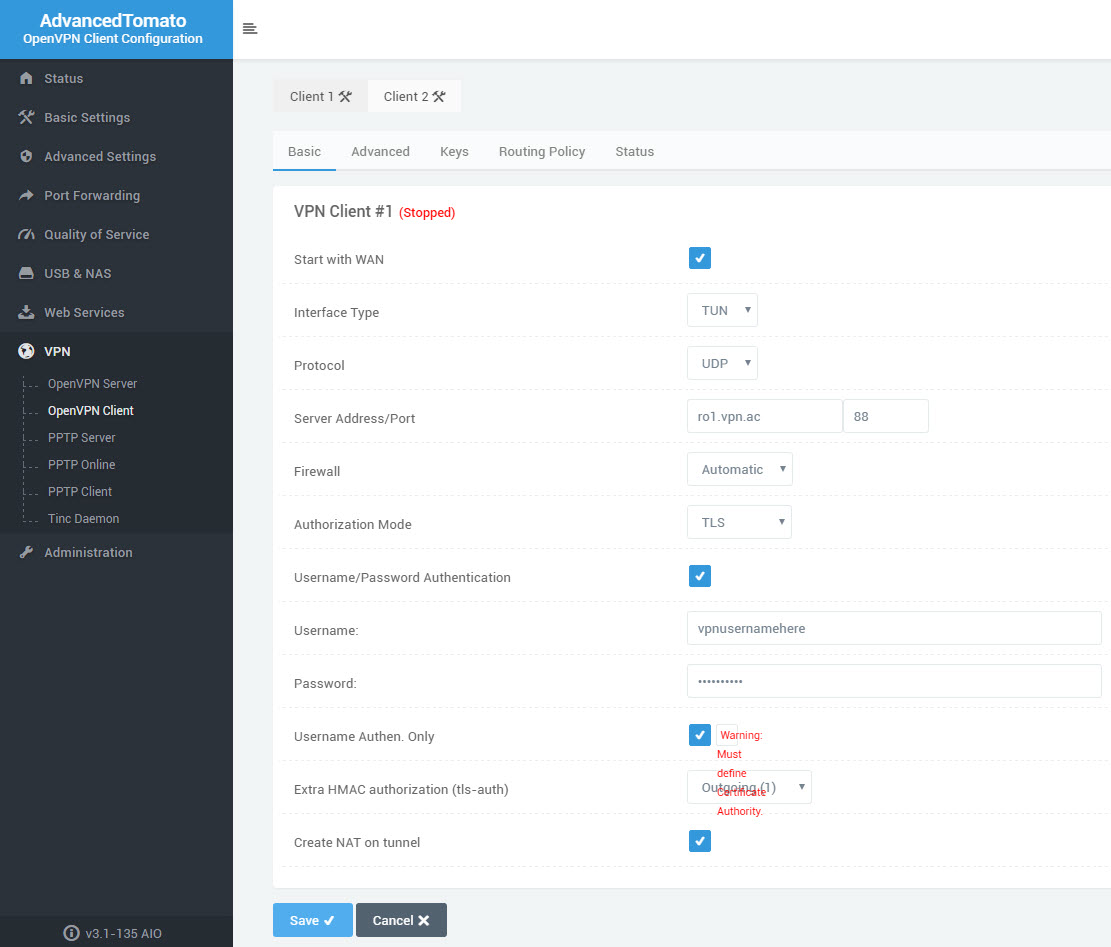To encrypt data with AES, you need a key. If you are not familiar with key generation, please check out How to generate an AES key for more information.
Once the last word is written to a key FIFO, the filled tmp-buffer is then written to the key-data for the keyslot selected by AESKEYCNT at the time the last word was written. Hardware key generator. A dedicated hardware key generator can be used to generate a keyslot's normal-key. Generate symmetric key using AES-128. Generate initialization vector used for CBC (Cipher Block Chaining). Encrypt message using symmetric key and initialization vector. Decrypt the encrypted message using symmetric key and initialization vector.
The given master key is stretched and expanded by PKBDF2-HMAC (SHA256) usingthe salt from 1), to generate the AES key, HMAC key and IV (initializationvector for CBC). The given message is encrypted with AES-128 using the AES key and IV fromstep 2), in CBC mode and PKCS#7 padding. This is where the purpose of my post comes in! He describes the pseudo-random number generator he uses to generate the random numbers at the top of the page. It's the AES block cipher in cipher-block chaining (CBC) mode encrypting a 128-bit counter. A picture (well, diagram) is worth a thousand words.
Note: Please understand that only encrypting data with AES-CBC does not keep the data safe from modification or viewing. You still have to protect the key from others and the integrity of the data. This article only shows you how to use the AES API to encrypt some data with the AES-CBC mode.
To start using AES, add the header file for the module to your file:
Declare the variables needed for AES encryption:
This examples assumes you've filled the variable named key with the 32 bytes of the AES key (see How to generate an AES key), iv with 16 bytes of random data for use as the Initialization Vector (IV) and input with 40 bytes of input data, and zeroized the rest of input.
Aes 128 Cbc Key Generator Instructions
The CBC mode for AES assumes that you provide data in blocks of 16 bytes. Because there are only 40 bytes of data, you have to extend the input to contain 48 bytes of data, instead. There are multiple ways to pad input data. One is to add zeroes to the end. This is only secure if you also transmit the original length of the input data (40 in this case) securely to the other side, as well. This example uses padding with zeroes.
First, initialize the AES context with your key, and then encrypt the data (with padding) to the output buffer with your iv:
The first 48 bytes of the output buffer contain the encrypted data. This data is only protected for confidentiality purposes. You need to send the length of the input data, the IV and the output buffer to the other side while protecting the integrity of those values. In addition, the other side needs the key without anybody ever knowing it. Usually this means making a hash over the length of the input data, the IV and the output buffer and encrypting this hash and the AES key with the public RSA key of the other party using the PKCS#1 encrypt function.
